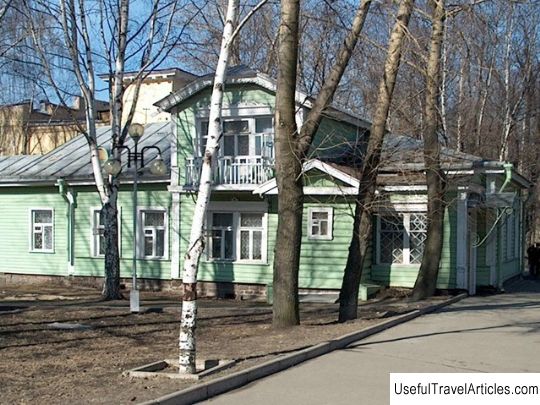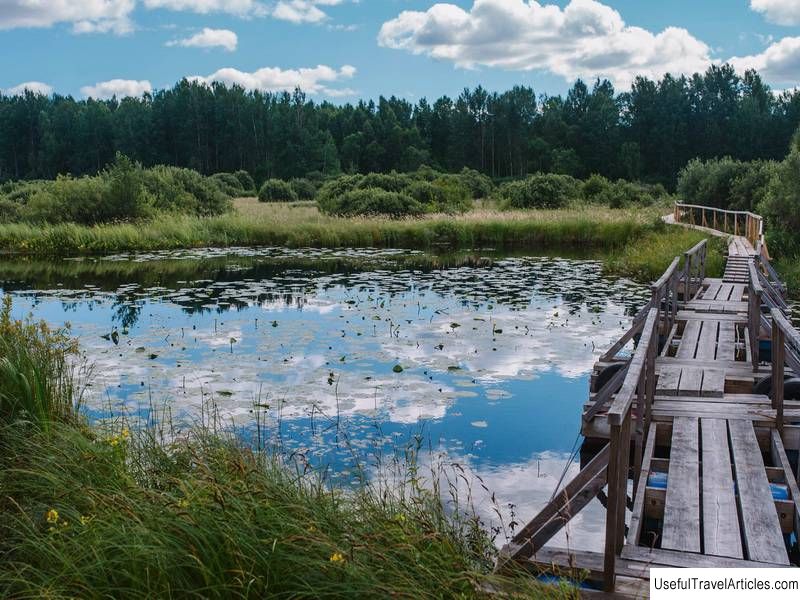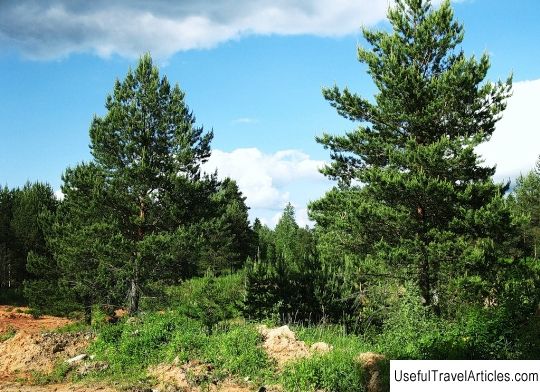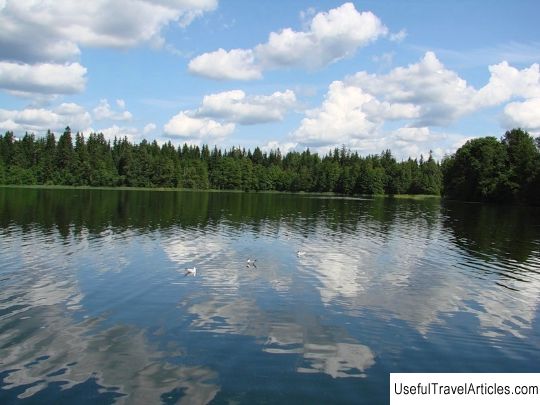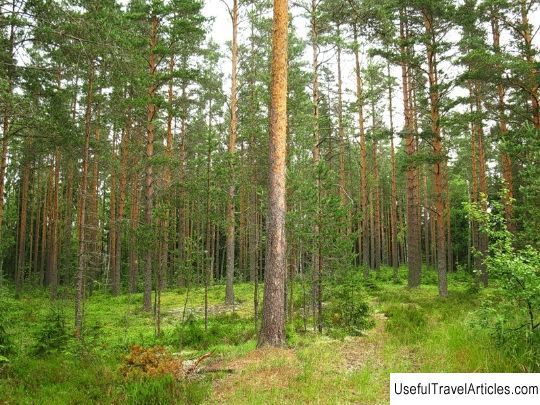Rdeysky nature reserve description and photos - Russia - North-West: Novgorod region
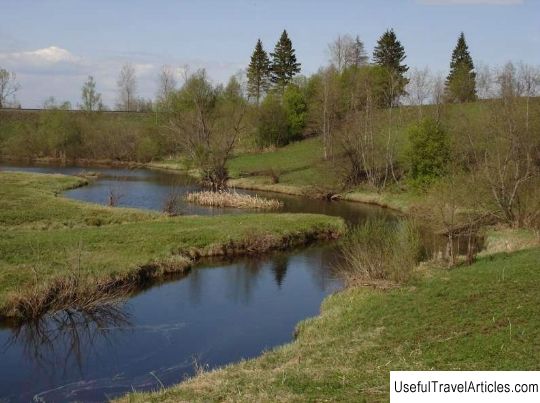
Rdeysky Nature Reserve description and photos - Russia - North-West: Novgorod Region. Detailed information about the attraction. Description, photos and a map showing the nearest significant objects. Photo and descriptionNovgorod land is rich in unique places. One of them is located on the territory of Poddorsky and Kholmsky districts. This place has the old Slavonic name Rdeisko-Polistovsky region. The land owes its name to two lakes, Polisto and Rdeiskoye. Man has left almost no traces of his stay here - this is the kingdom of mosses, swamps and marshes, where stunted shrubs and stunted pine forests grow. Everywhere, among the mosses, the sun is reflected in large and small windows of clear water, which an unimaginably large number of birds have chosen for their habitat. Swamps form the largest system not only in Europe, but also in the North-West of the Russian Federation ... The bog complex was formed by the confluence of six peat bogs that developed independently. The peculiarity of the Rdeysk bogs is given by a ridge-hollow complex, very highly developed, small rivers that flow inside peat bogs, shallow marshes, occupying vast areas, dozens of lakes and mineral islands found everywhere. The layer of peat bogs reaches eight meters. The impact of the Rdeyskie bogs on the environment should not be underestimated. First, they are a natural reservoir for water. Secondly, they take part in setting the hydrological regime of a large part of the territory of the Novgorod region, especially in the southwest. Thirdly, such small rivers and rivulets as Redya, Khlavitsa, Kholynya, Polist originate in the Rdeya bogs. The latter aspect is especially important for stabilizing the level of Lake Ilmen during the off-season and in dry years. Despite the seeming certain difficulties and inconveniences: the abundance of water, unstable soils, insufficient areas of land suitable for sowing, this region was inhabited even in ancient times. The local population is very fond of their swamps and cherishes them. In 1994, a reserve named "Rdeysky" was created on these lands for the protection and research of unique sphagnum mosses, rare representatives of living and plant nature. Its area was almost 37 thousand hectares. The flora of the reserve is diverse. In the north, representatives of conifers grow and, in general, this part is closer to the taiga forests. The south and west are inhabited by small-leaved and spruce forests, in some places they mix. The eastern part is a expanse for broad-leaved trees. They are mainly represented by oaks, maples and lindens. Elms and ash trees are occasionally found, but in much smaller numbers. The age of the forests is not the same, mainly the forests are young, of the same age, but at the same time there are forest areas where bicentennial spruce trees grow. The islands, rising from peat bogs, are also covered with forest, the largest of which are Domsha, Andrianov and the Aspen Mane. There are no settlements on these islands, so the nature on them has not been touched, and they have been preserved in their original form. More than 350 plant species grow in the forests, 9 of which are rare and 25 are protected. Scientists discover new types of mosses every year. In the summer of 1999 alone, about fifty species of moss were discovered. The fauna of the reserve includes: mammals - 36 species, amphibians and reptiles are represented by 6 species, fish - 9 species, birds - 122 species, 14 of them are included in the Red Book. The birds deserve special attention. Several hundred pairs of Great Curlew live in the reserve, this population is the largest in Europe. Here you can find the ptarmigan, golden eagle, gray crane, black stork, golden plover. The Rdeya bog system was included in the Thelma project by the international organization UNESCO.         We also recommend reading Vilnius University Botanical Garden (Vilniaus universiteto Botanikos sodas) description and photos - Lithuania: Vilnius Topic: Rdeysky nature reserve description and photos - Russia - North-West: Novgorod region. |
